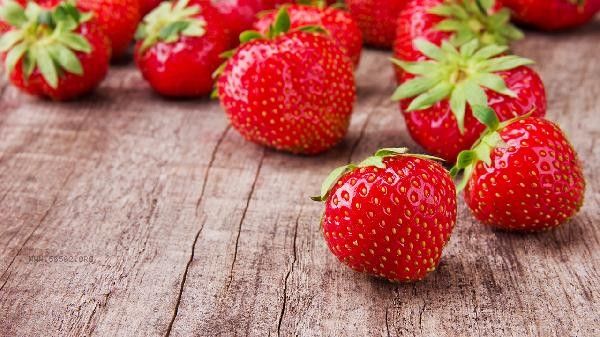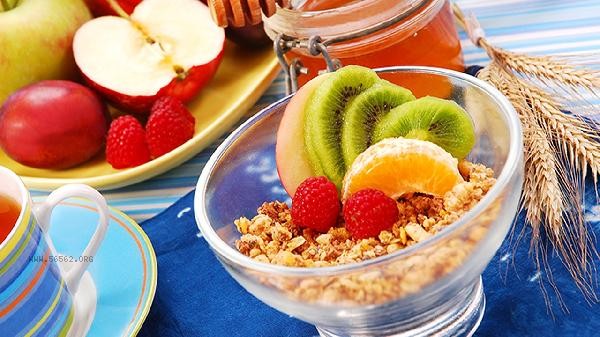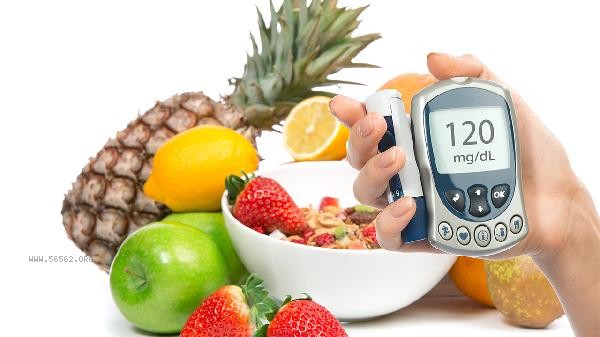When washing strawberries, it is generally not necessary to remove the leaves, but it depends on the cleanliness and consumption habits of the strawberries. Cleaning with leaves can reduce the risk of fruit pulp contamination, while cleaning with removed leaves makes it easier to thoroughly clean surface residues.

When cleaning strawberries with leaves, the leaves can block some of the water flow from directly impacting the flesh, reducing nutrient loss and taste deterioration caused by soaking and water absorption of the flesh. Complete leaves can help determine the freshness of strawberries, while withered or discolored leaves often indicate that the fruit has been stored for too long. When cleaning, gently rinse the surface with flowing water, focusing on cleaning the parts where the leaves and fruits are prone to accumulate dirt and grime. After cleaning, immediately consume or store in refrigeration. If there is obvious soil or pesticide residue on the surface of strawberries, it is easier to clean them comprehensively after removing the leaves. After removing the leaves, the strawberries can be soaked in light salt water for a few minutes to help decompose surface residues, and then gently brushed with a soft bristled brush on the uneven areas. Attention should be paid to the direct contact between the fruit pulp and water flow after leaf removal. Soaking for too long can lead to the loss of water-soluble vitamins. It is recommended to clean and consume as soon as possible to preserve nutrients. After cleaning strawberries, they can be dried with kitchen paper to avoid accelerated decay in humid environments. Choose strawberries that are undamaged and have a uniform color. The presence of white frost on the surface is a sign of freshness rather than pesticide residue. Keep dry and ventilated during daily storage, and refrigerated storage should not exceed three days. For special populations such as those with allergies, it is recommended to use fruit and vegetable cleaning agents to assist in cleaning before peeling and consuming to reduce the risk of allergies.










Comments (0)
Leave a Comment
No comments yet
Be the first to share your thoughts!